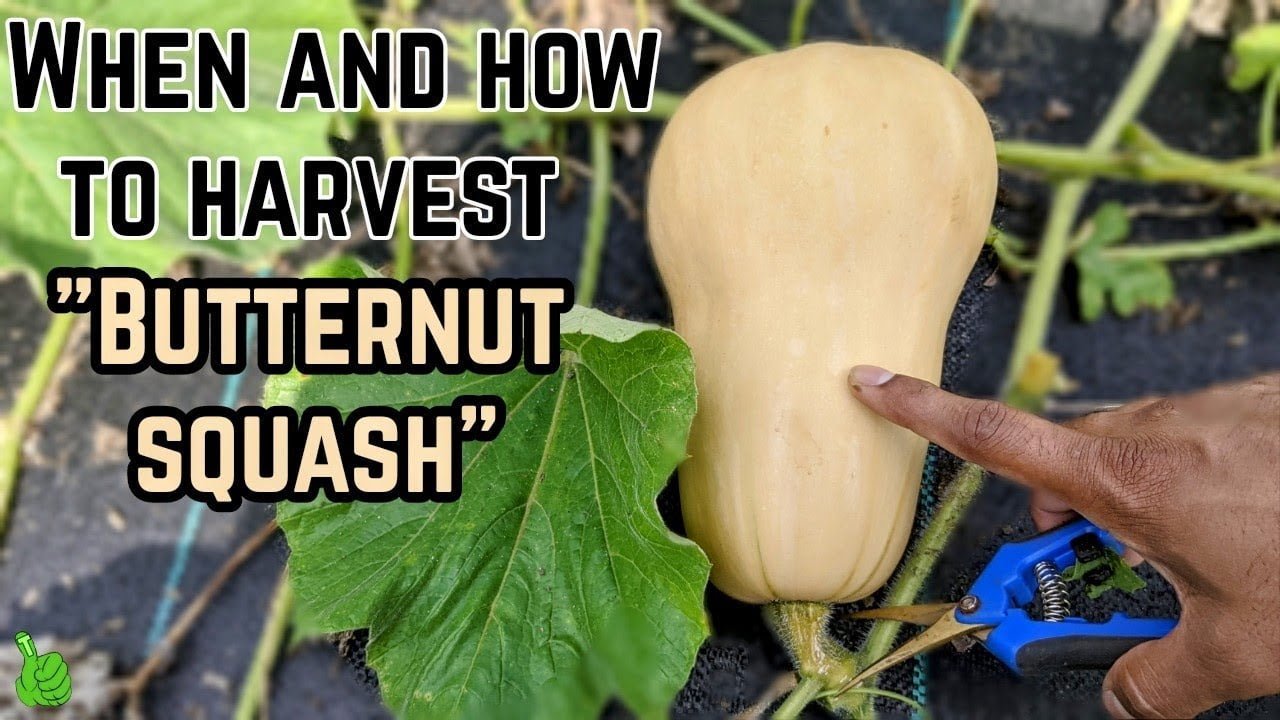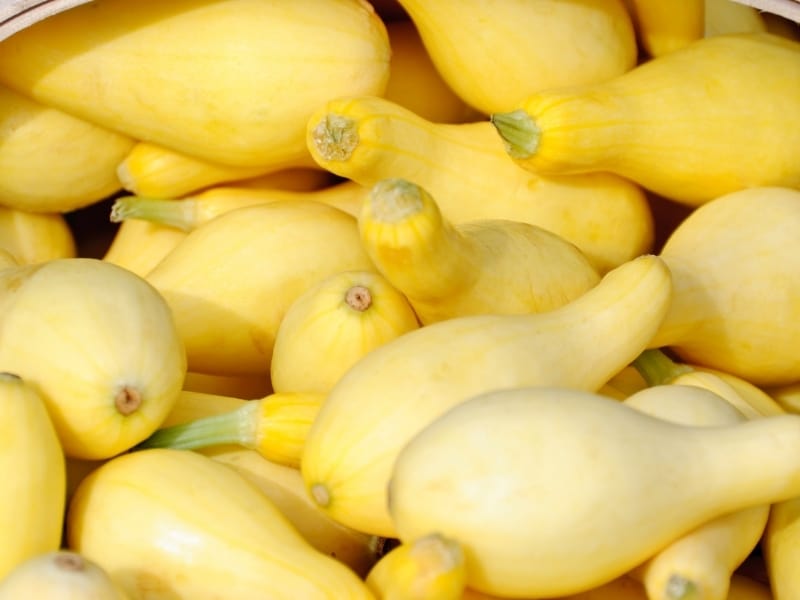Yellow squash is a versatile vegetable that can add a vibrant touch to any dish, but figuring out when it’s ripe can sometimes be a challenge. Luckily, with a few simple tips, you can easily determine the perfect time to harvest your yellow squash. From checking the size and texture to examining the color and firmness, this article will guide you in becoming a pro at determining when this delightful vegetable is at its peak ripeness. Say goodbye to underripe or overripe squash and say hello to enjoying the perfect, flavorful yellow squash every time!
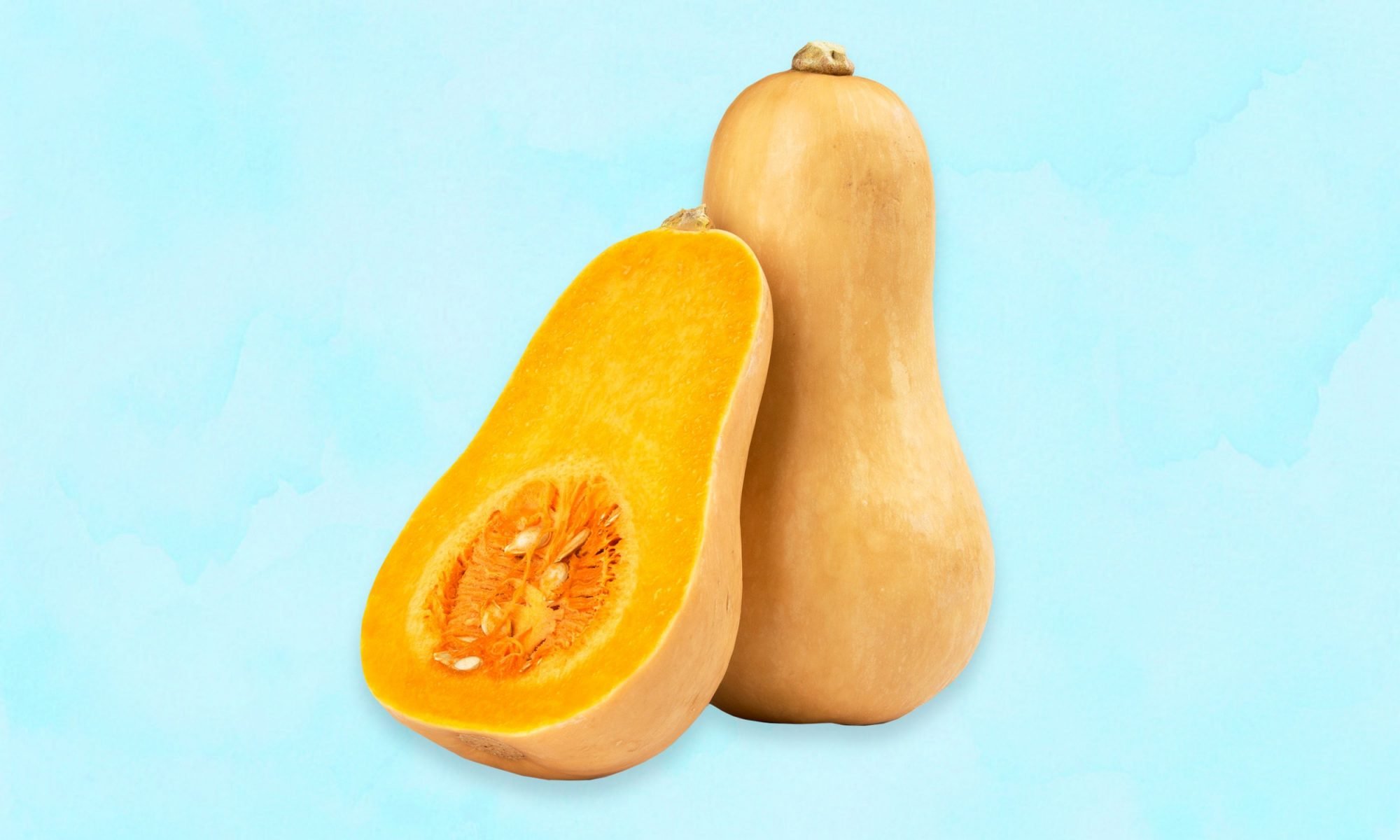
Visual Appearance
Color
When it comes to determining the ripeness of yellow squash, the color is one of the most obvious indicators. Ripe yellow squash typically has a vibrant, golden yellow color. The color should be even and consistent throughout the entire squash, indicating that it has reached its full maturity. Avoid squash that have a dull or pale yellow color, as this may be a sign that they are not yet fully ripe.
Skin Texture
Inspecting the skin texture can also help you determine the ripeness of yellow squash. Ripe squash should have a smooth and blemish-free skin. Gently run your fingers over the surface and check for any soft spots or indentations. The skin should feel firm and taut, indicating that the squash is at its peak ripeness. Be cautious of squash with rough or wrinkled skin, as this may indicate overripeness.
Size and Shape
While size and shape can vary among different varieties of yellow squash, there are some general guidelines to follow when determining ripeness. Generally, ripe yellow squash will be moderate in size, neither too small nor too large. They should have a rounded or cylindrical shape, free from any odd bulges or deformities. It’s important to note that size and shape alone aren’t foolproof indicators of ripeness, so it’s best to consider them in conjunction with other visual appearance factors.
Touch and Feel
Firmness
The firmness of yellow squash is another clue to its ripeness. When you gently squeeze the squash, it should feel firm but not excessively hard. Avoid squash that feels too soft or mushy, as this may indicate overripe or damaged flesh. When pressing on the blossom end of the squash, it should yield slightly and then bounce back, indicating that it is at its ideal ripeness level.
Skin Tenderness
In addition to firmness, the tenderness of the skin can also provide insights into the ripeness of yellow squash. Ripe squash will have a skin that is slightly resistant to pressure but still yields when gently pressed with your fingertips. The skin shouldn’t feel tough or leathery, as this may indicate underripeness. A delicate balance between firmness and tenderness is a good indicator of a perfectly ripe yellow squash.
Weight
Weight can be a useful factor in determining ripeness, especially when combined with other touch and feel indicators. Ripe yellow squash generally has a moderate weight, feeling neither too light nor too heavy for its size. When picking up the squash, it should have a satisfying weight that feels substantial in your hand. Excessively light or heavy squash can be a sign of immaturity or overripeness, respectively.
Smell
Aroma
While not as prominent as some other indicators, the aroma of yellow squash can provide some valuable information about its ripeness. Ripe squash typically has a mild and slightly sweet aroma. Take a moment to sniff the stem end of the squash, as this is where the most fragrance is usually concentrated. If you detect a fresh and pleasant scent, it is likely a good indication that the squash is ripe. Be cautious of any off-putting smells, as this may signify spoiled or overripe squash.
Harvest Time
Days to Maturity
Understanding the approximate days to maturity for yellow squash can give you an idea of when to begin your harvest. Depending on the specific variety, yellow squash typically takes around 40 to 50 days from planting to reach maturity. Keep in mind that this is an average estimate, and factors such as weather conditions and cultivation practices may affect the actual time frame. It’s always helpful to refer to the seed packet or consult with local gardening resources for more specific information on your chosen variety.
Growing Season
Yellow squash thrives during warm weather, making it a popular choice for summer gardens. It requires a growing season of approximately three months, from late spring to early fall, to reach its full ripeness. Keep an eye on the daily temperatures and ensure they consistently stay above 60°F (15°C) for optimal growth and development. Yellow squash can be a great addition to your summer garden, rewarding you with delicious produce when provided with the right growing conditions.
Weather Conditions
Weather conditions can impact the ripening process of yellow squash. Ideally, the crop requires a combination of warm temperatures and moderate rainfall to grow and ripen properly. Extended periods of excessive heat can lead to the formation of tough and bitter flesh, while excessive moisture can increase the risk of diseases and rotting. Monitoring weather forecasts and adjusting watering practices accordingly can help ensure the best possible growing conditions for your yellow squash.
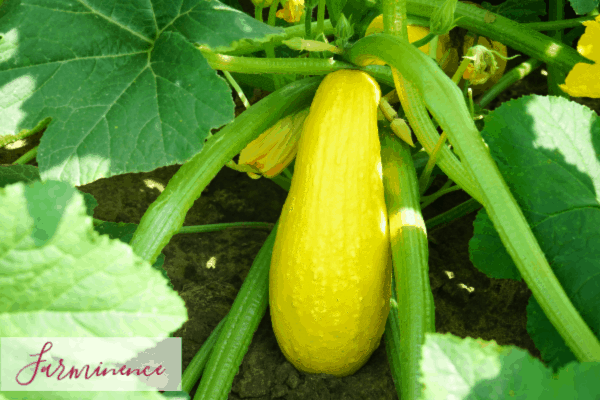
Taste
Flavor
The ultimate test of ripeness lies in the taste of yellow squash. When fully ripe, yellow squash offers a delicate and slightly sweet flavor. The flesh should be tender and succulent, without any hint of bitterness or astringency. Harvesting the squash at peak ripeness will provide you with the best flavor experience, making your culinary creations truly delightful. If the flavor falls flat or tastes bitter, it may be an indication of underripeness or improper growing conditions.
Texture
The texture of yellow squash is an important aspect of its ripeness. Ripe squash should have a smooth and creamy texture, without any noticeable stringiness or mushiness. The flesh should hold up well to cooking methods such as sautéing, baking, or grilling, while still retaining a pleasant bite. Avoid squash that feels overly soft or has a dry and fibrous texture, as these signs suggest the squash is not yet ripe or has passed its prime.
Stem
Stem Appearance
Inspecting the stem of yellow squash can offer additional insights into its ripeness. The stem should appear fresh and green, with no signs of wilting or browning. A healthy stem indicates that the squash is still actively receiving nutrients from the plant. Additionally, a sturdy and well-attached stem is indicative of a squash that was harvested at the proper time. If the stem appears shriveled, dried out, or shows any signs of damage, it may be best to pass on that particular squash.
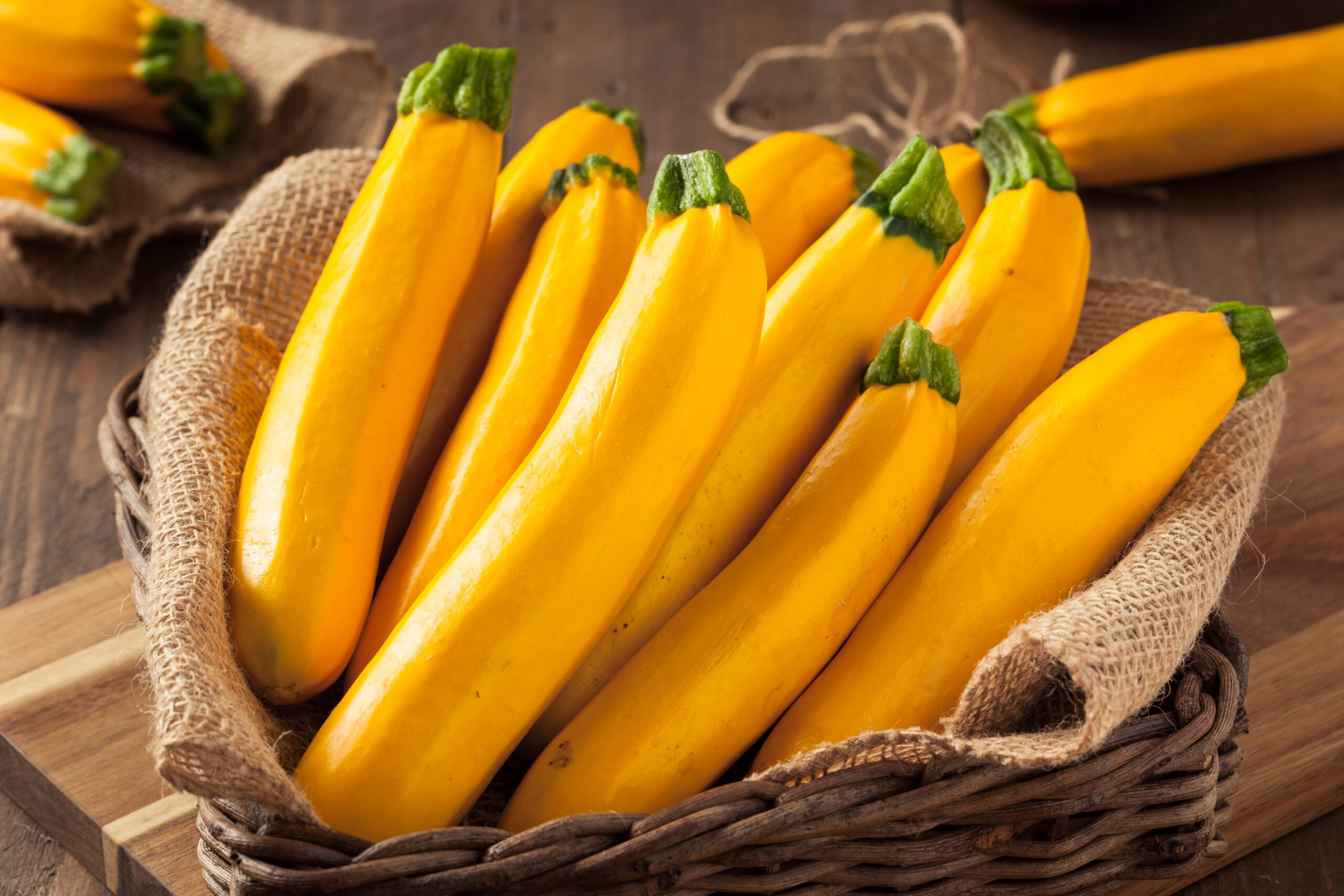
Blossoms
Blossom Color
Examining the color of the blossoms can be helpful when determining the ripeness of yellow squash. When the squash is ready to be harvested, the blossoms should be fully open and vibrant in color. Generally, the blossoms will have a bright yellow or orange hue, signifying that the squash has fully matured. Avoid squash with closed or withered blossoms, as they may be an indication of underripeness or an early stage of fruit development.
Blossom Health
Apart from the color, the health of the blossoms is also worth considering. Ripe yellow squash usually has blossoms that are free from any signs of wilting, discoloration, or damage. The presence of healthy blossoms indicates that the fruits have received adequate pollination and are well-developed. If you notice any wilted or discolored blossoms, it may be an indication that the squash is not yet fully ripe or that it didn’t receive sufficient pollination to reach maturity.
Plant Leaves
Leaf Color
Observing the color of the plant leaves can provide valuable insights into the ripeness of yellow squash. Healthy and ripened squash plants generally have vibrant green leaves. The color should be even throughout the entire plant, demonstrating that it is thriving and receiving sufficient nutrients. Be cautious of yellowing or browning leaves, as this may be indicative of nutrient deficiencies, pests, or diseases that can affect the ripening process of the squash.
Leaf Condition
In addition to color, the overall condition of the plant leaves should also be taken into account. Ripe yellow squash plants typically have healthy, full, and robust leaves. Check for any signs of wilting, yellowing, or spots on the leaves, as these may indicate various issues that can affect fruit ripening. Diseases or pests that impact the leaves can potentially hinder the plant’s ability to deliver nutrients to the fruits, affecting the overall ripening process.

Storage Time
Shelf Life
Knowing the expected shelf life of yellow squash can help you plan its consumption accordingly. When stored properly, yellow squash can typically last for about 5-7 days in the refrigerator. However, it’s important to note that the shelf life can vary depending on the freshness and ripeness at the time of purchase. To maximize the shelf life, store unwashed yellow squash in a perforated bag or container in the refrigerator’s crisper drawer. Avoid storing it near ethylene-producing fruits, as this can hasten spoilage.
Storage Environment
Creating an optimal storage environment can help prolong the freshness and ripeness of yellow squash. The ideal temperature for storing yellow squash is around 45-50°F (7-10°C). Maintaining low humidity levels is also essential, as excess moisture can lead to softening and decay. To achieve the right conditions, store yellow squash in a cool and well-ventilated area of your refrigerator. It’s best to consume the squash as soon as possible for maximum flavor and nutritional value.
Common Ripeness Indicators
Yellow Color
One of the most common and reliable indicators of yellow squash ripeness is, unsurprisingly, its color. As the name suggests, ripe yellow squash should have a vibrant yellow hue. The color should be consistent throughout the entire squash, without any traces of green or pale patches. However, it’s worth noting that some yellow squash varieties naturally exhibit a lighter or darker shade of yellow, so be sure to consider the specific variety when assessing color as a ripeness indicator.
Thick Skin
The thickness of the squash’s skin can also provide valuable insights into its ripeness. Ripe yellow squash typically has a relatively thick and tough skin. This thickness helps protect the flesh and maintain its moisture, ensuring a better eating experience. Avoid squash with thin or easily punctured skin, as this may indicate underripeness or a lack of maturity. A thick skin is a positive characteristic to look for when seeking out a perfectly ripe yellow squash.
Uniform Shape
When selecting yellow squash, it’s ideal to choose those with a uniform shape. Ripe squash will exhibit a consistent shape without any noticeable deformities or irregularities. The ends should be rounded or slightly tapered, and the overall shape should be symmetrical. Avoid squash with bulges, grooves, or odd protrusions, as these can be indications of internal irregularities or incomplete ripening. A squash with a uniform shape is more likely to have developed evenly and reached its full ripeness potential.
In conclusion, determining when yellow squash is ripe involves several visual, touch and feel, smell, and common ripeness indicators. By considering factors such as color, skin texture, size and shape, firmness, aroma, days to maturity, growing season, weather conditions, flavor, texture, stem appearance, blossom color and health, leaf color and condition, storage time, shelf life, storage environment, and common ripeness indicators like yellow color, thick skin, and uniform shape, you can become adept at selecting the perfect yellow squash for your needs. Remember to trust your senses, use these indicators as a guide, and enjoy the delicious taste and versatility of ripe yellow squash in your culinary creations. Happy harvesting and happy cooking!
